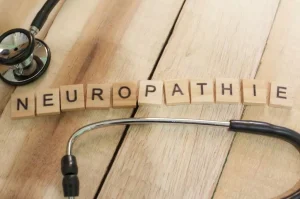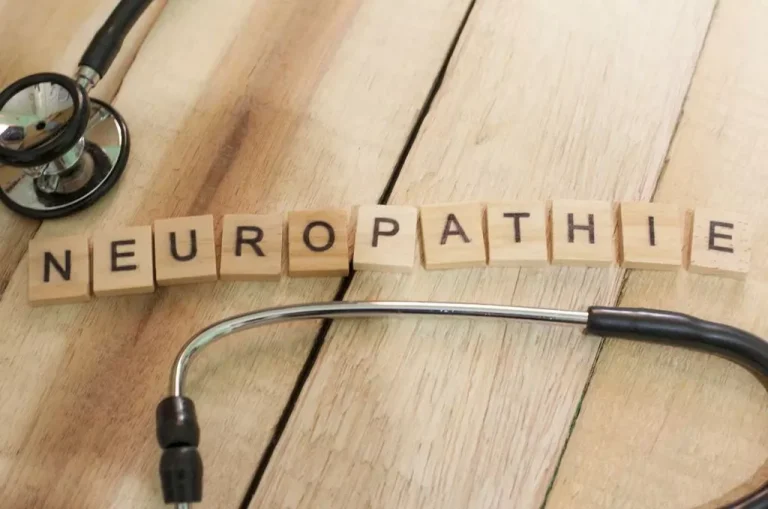
Therapy sessions will teach you coping techniques to deal with the triggers that fuel drinking. You may also receive treatment for depression at the same time, as it is one of the primary withdrawal symptoms. Over time, the more a person drinks, the dopamine effect gradually diminishes. By this stage, the drinker is hooked or addicted to the dopamine release in the brain’s reward center. This develops their constant need to keep going back to consume more alcohol to get more dopamine released. Alcohol decreases dopamine but specifically decreases its ability to send signals to the reward center of the brain.

The Truth About Dopamine After Alcohol Addiction Recovery
- Yim H and Gonzales R. Ethanol-induced increases in dopamine extracellular concentration in rat nucleus accumbens are accounted for by increased release and not uptake inhibition.
- This reduction in dopamine receptors contributes to the development of tolerance, where higher amounts of alcohol are required to achieve the same pleasurable effects.
- The initial euphoric effects of alcohol are a result of dopamine being released from the reward center in the brain.
- Understanding these various influences on our brain’s reward system can help individuals make informed decisions about substance use and overall health.
- That means you can go after your goals much more easily, without losing motivation.
- However, some people might do better with an intensive outpatient program.
This adaptation can result in a decrease in natural dopamine production and a reduction in the sensitivity of dopamine receptors, a process known as downregulation. Understanding the relationship between alcohol, dopamine, and addiction provides valuable insights into the neurobiological mechanisms underlying alcohol addiction. Alcohol’s impact on dopamine release, receptor activity, and reward pathways contributes to the reinforcing effects of alcohol and the development of addictive behaviors. By targeting the dopamine system, interventions and treatments for alcohol addiction can help individuals break free from the cycle of addiction and achieve recovery.

for your personal use
Consequently, dopamine acts at multiple sites to control the integration of biologically relevant information that determines motivated responding. Schematic representation of the major dopaminergic systems (viewed from the top of the head). The nigrostriatal system originates in the A9 cell group and extends to the dorsal striatum, which includes the caudate nucleus and putamen (CPU). The mesolimbic system originates primarily in the A10 cell group and extends to does alcohol deplete dopamine the ventral striatum, which includes the nucleus accumbens (NAc) and the olfactory tubercle (OT). The mesocortical system also originates primarily in the A10 cell group and affects various regions of the cerebral cortex. It’s a complicated organ with billions of neurons shooting messages to each other to sustain critical life functions, coordinate muscular action, and learn new skills.
How Does Alcohol Impact Dopamine Levels?
- Krystal J et al., The vulnerability to alcohol and substance abuse in individuals diagnosed with schizophrenia.
- These genetic differences can affect how a person responds to alcohol, including the intensity of the dopamine response and the likelihood of developing alcohol use disorders.
- However, some food-related stimuli (e.g., taste) that activate phasic-synaptic dopaminergic signal transmission in the NAc shell rapidly undergo a form of tolerance (i.e., habituation) (Bassareo and Di Chiara 1997).
This created a hyper dopaminergic state, or one where the dopamine levels are higher than normal. But while having more dopamine may sound like a good thing, according to the study both hypo and hyper dopaminergic states put abstinent drinkers at risk of relapse. The brains of deceased alcoholics also had fewer dopamine transporter sites, areas that allow for unused dopamine to be retrieved for later reuse. However, the brains weren’t lacking in D2 dopamine receptor sites, areas that bind to dopamine in order to restrain neuron excitation, IFL Science reported.


Opioid peptide antagonists act primarily on a brain area where dopaminergic neurons that extend to the NAc marijuana addiction originate. These observations indicate that alcohol stimulates the activity of endogenous opioid peptides, leading indirectly to the activation of dopaminergic neurons. Opioid peptide antagonists would interfere with this process, thereby reducing dopamine release.
MDMA’s Impact on the Brain: Neurotransmitters, Effects, and Potential Risks
Alcohol overstimulates dopamine pathways, creating short-term euphoria but over time depleting this system, which contributes to feelings of anhedonia and depression. https://ecosoberhouse.com/ Simultaneously, the brain’s attempts to compensate for alcohol’s sedative effects on the GABA system can make it hypersensitive to stress during withdrawal, further increasing depressive symptoms. Long-term alcohol misuse also damages the hippocampus and prefrontal cortex – regions critical for emotional regulation and decision-making – exacerbating vulnerability to depression. It is also crucial to acknowledge the individual differences in how alcohol affects dopamine and addiction development.
- Think of them as the building blocks needed for rebuilding neurotransmitters like dopamine.
- The brain’s depleted state of dopamine means that an ex-drinker may continue to experience obsessive thoughts about alcohol for years after their last drink.
- In conclusion, while that cocktail might indeed provide a temporary dopamine boost, understanding its broader impacts on brain chemistry can help us approach alcohol consumption with greater awareness and responsibility.
- When alcohol is consumed, it triggers a cascade of neurochemical events in the brain.

